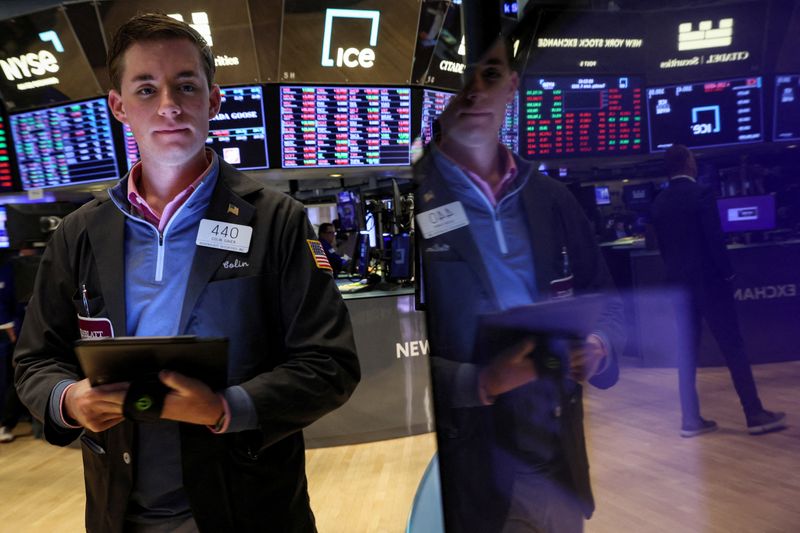“The status of the market place has changed materially over the calendar year,” says Ian Farmer of South Harz Potash Ltd (ASX:SHP).
That’s putting it mildly, since at one point in 2022 the potash price went over US$1,000 per tonne, which is a level almost three times the pricing assumption that South Harz used in a recent scoping study that investigated the economic potential of developing its Ohmgebirge project in Germany.
And although the price has dropped back a little since those earlier highs, the current potash price is still a long way higher than the US$385 per tonne that the scoping study allowed for.
So, with that context in mind, consider what the scoping study did show, even at that much lower potash price – a project with a net present value of US$1.3bn capable of generating an internal rate of return of 26%.
Time will tell just how conservative that study will turn out to be, but all the indications are at the present time that there’s a considerable amount of upside still on the table.
After all, the underlying causes behind those recent potash price rises are not just short-term. Sure, there’s been some disruption from the Ukraine war, and knocking Belarus out of the European supply chain has sent local markets in and around Germany into something of a spin.
But even before the Ukraine war sent the world’s post-covid recovery spiralling sideways, there had been a clear trend towards a breaking up of the economic order of the past thirty years or so. President Trump’s trade wars with China had revealed just how vulnerable the Western world was to certain supply chain constraints, and securing commodities from metals to potash suddenly leapt up political agendas.
From being a nice local asset for the Thuringia, the South Harz project suddenly became strategic for Germany and for Europe.
To be sure, South Harz was not alone in this, but the nice-to-have aspect of Ohmgebirge was that it was already well advanced. The company inherited a well-established resource base built around data from 300 previously-drilled holes. All it required to upgrade 89% of the previously known sylvinite resource at Ohmgebirge from inferred to indicated was the drilling of two further holes – an exercise that was recently completed, at fairly minimal cost.
Where does that US$1.3bn net present value figure come from? – one way of answering that question would be: from just two recent drill holes.
Of course, it takes more than a resource and a scoping study to get a project up and running. The next steps are a preliminary feasibility study, likely to be completed in around 18 months, with a definitive study to follow shortly after that.
And while that work’s going on, the company will be thinking about how to raise the US$620mln or so that will be required to put Ohmgebirge into production. South Harz itself is currently only capitalised at around A$33mln, so a little bit of creative thinking will be required.
“It’s a journey rather than an event,” says Farmer, who is well-connected in the mining industry, in particular from his time spent running Lonmin a decade or so ago. “And we have an unfettered range of options.”
As a prelude to a full scale fundraising effort, he says, a listing on the Aim market in London is very much on the cards, and at this stage is slated for consideration in the second half of next year. Such a listing will allow the company to develop on the groundwork for conversations with local UK and European institutions that’s already been laid by the recent upgrading of the Ohmgebirge resource.
An inferred resource, reckons Farmer, wasn’t enough of a basis on which to initiate conversations about hundreds of millions of dollars of finance. But the new resource, amounting as it does to 258mln tonnes of material at 13.5% K2O, is another matter. That’s enough to get serious with the banks and other lenders, as well as potential off-takers.
As it stands, the plan is to produce a million tonnes of muriate of potash per year over a 20 year mine life, as well as a significant amount of salt. That in turn should deliver annual free cash-flow, post ramp-up of US$229mln. Overall project net cashflow of the project adds up to just shy of US$4bn over the 20 year project life.
But remember, that’s all predicated on a US$385 potash price. Will the potash price revert to that level over the next 20 years? Well, 20 years is a long time when it comes to commodities cycles, but the structural pressure that we mentioned earlier are only likely to increase as time goes by.
After all, the one thing we didn’t say was that the world population as a whole continues to grow. That means more food, and correspondingly that greater yield will be required from existing agricultural land. And that in turn means more potash. So, the outlook for South Harz remains extremely positive.
The company is moving methodically forward, it’s comfortable with the permitting environment in Germany, and it’s comfortable too that the locals in Thuringia will welcome the incoming investment that a restart at Ohmgebirge will mean.
There’s also the choice fact that although there’s now 258mln tonnes of resource in the indicated category, a further 4bn tonnes or so remains in the inferred category. That points to either a very long life for South Harz’s Thuringian operations, or a significant expansion of planned output fairly soon, or both.
